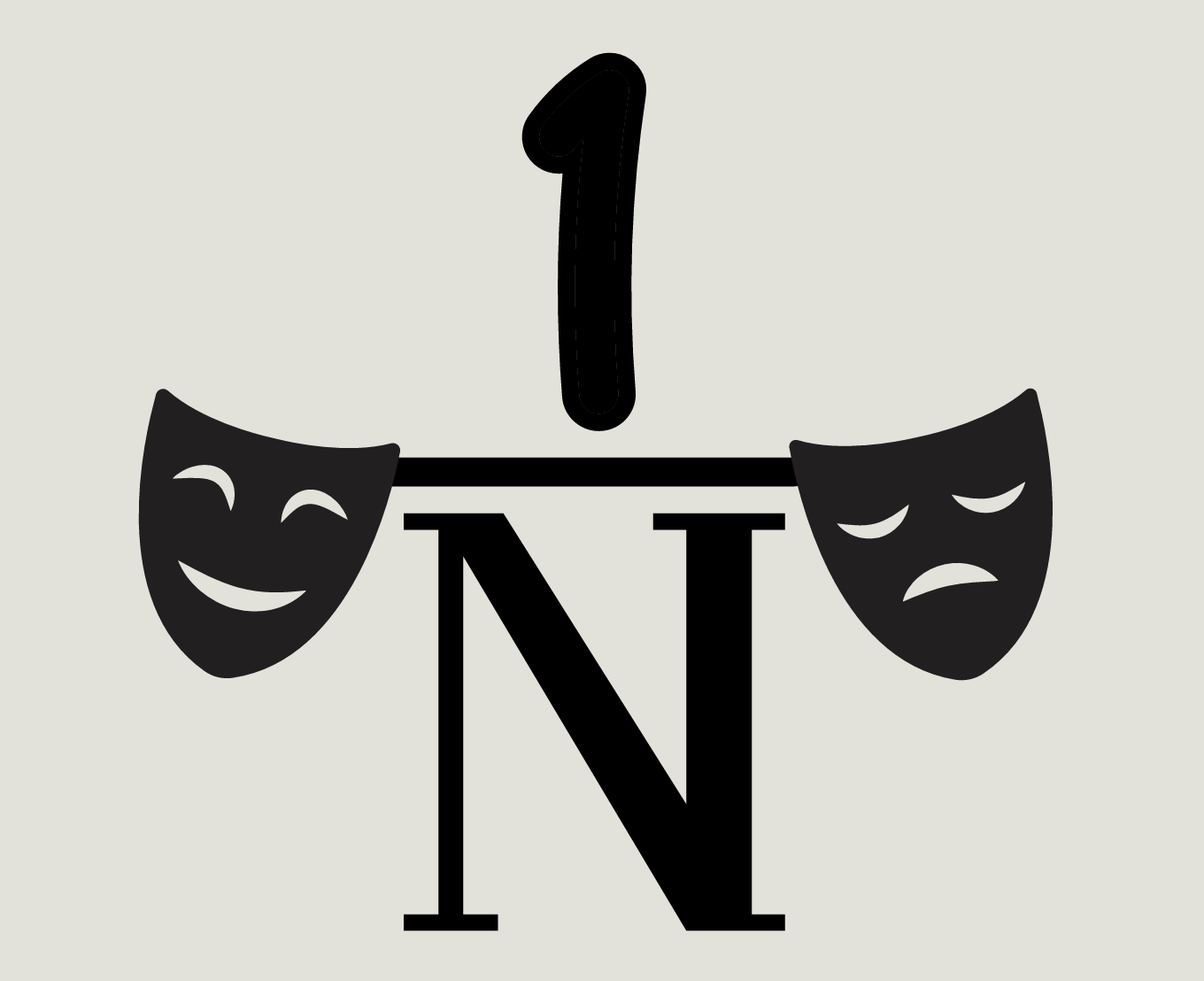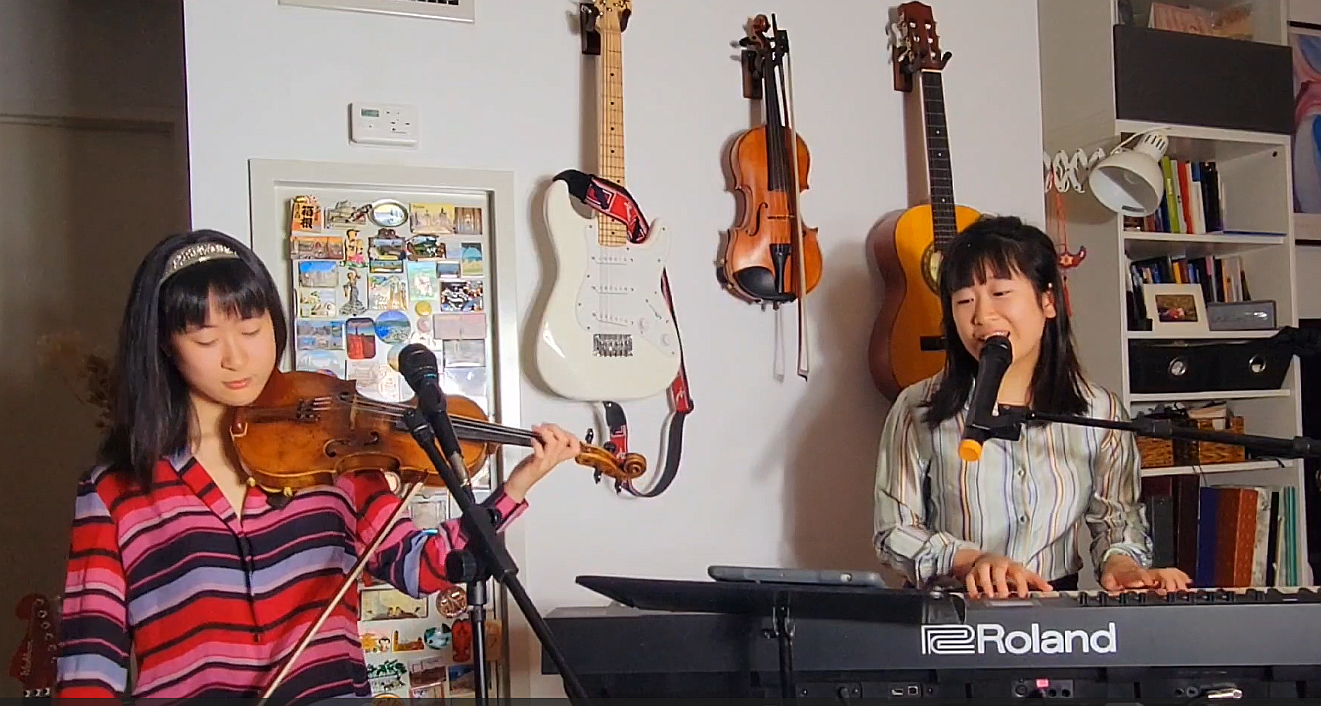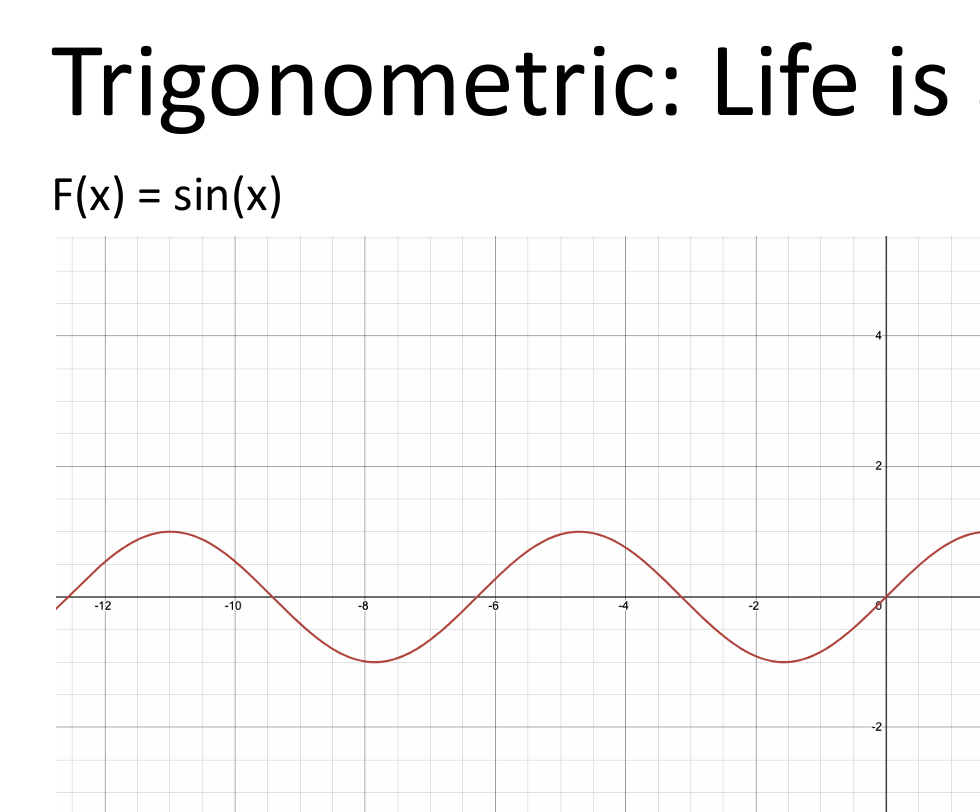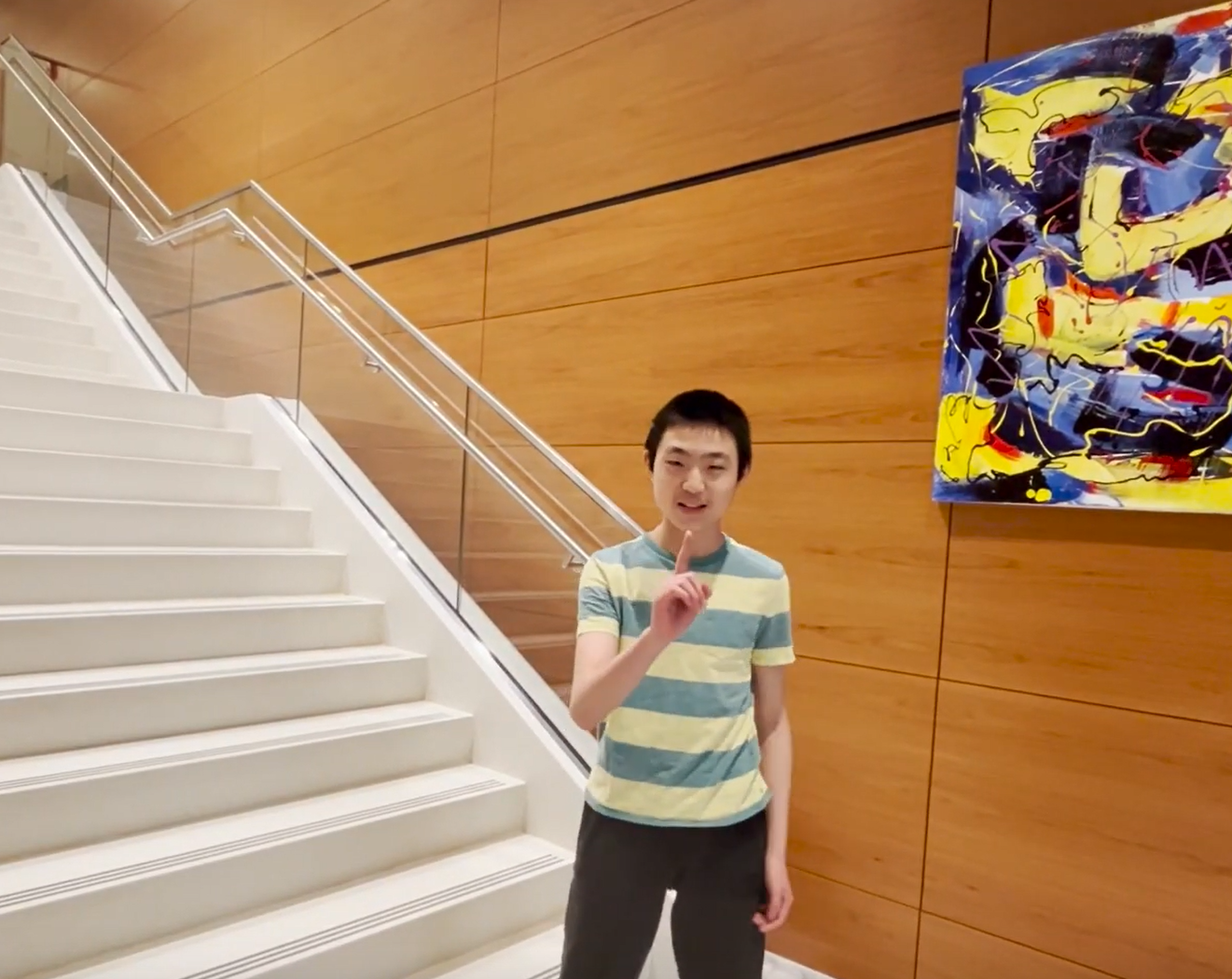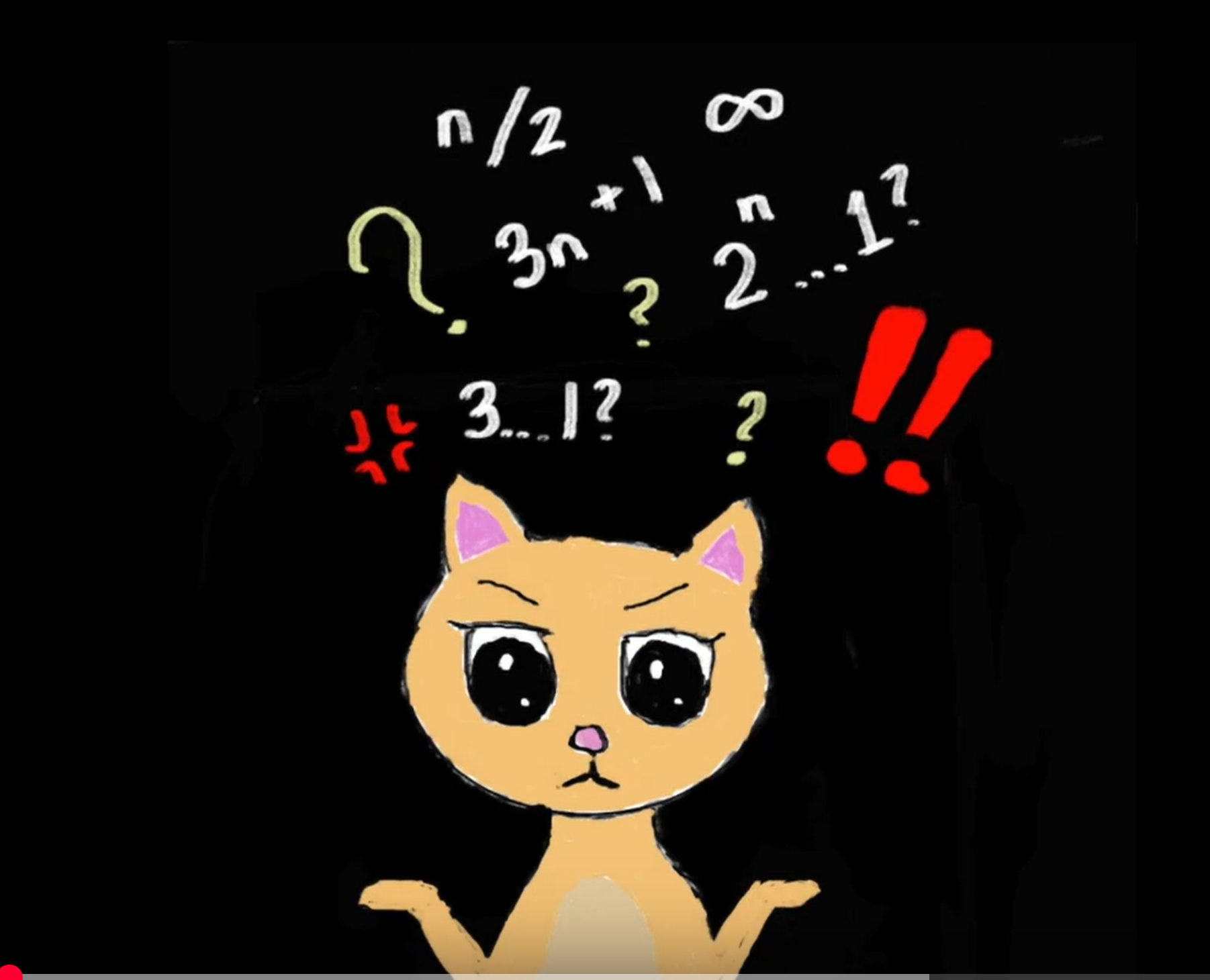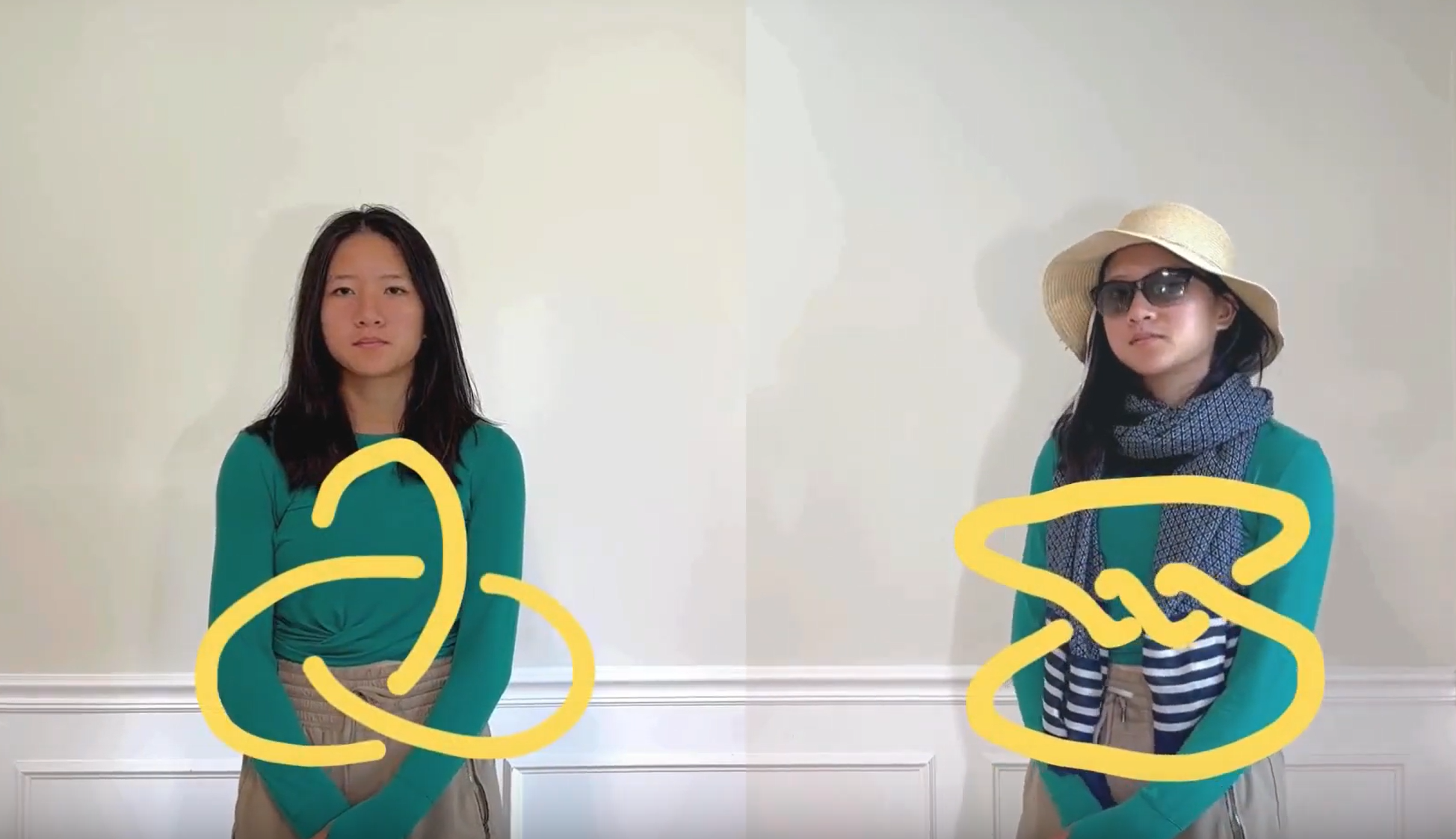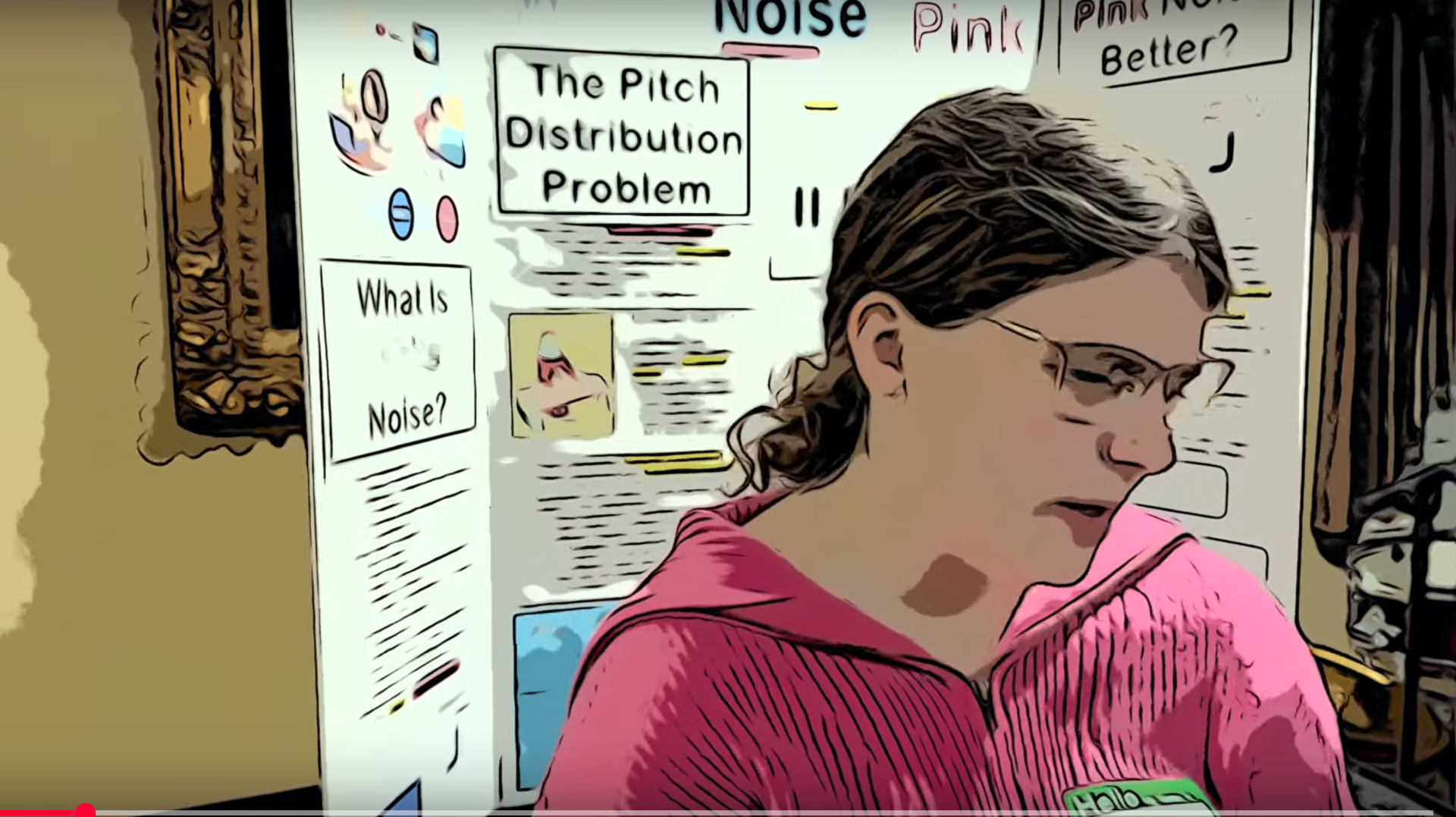Fibonacci Puzzle Hints
From the National Museum of Mathematics
To begin: lay puzzle on a flat surface and cut elastic from bottom, releasing the puzzle pieces. Click here to see unpacking photos.
Please note that no force is needed to put this puzzle together; when properly placed, the pieces will snap together easily. Also note: although the pieces are very similar, the entire puzzle will only go together if every piece is in exactly the right place. An early error may come back to haunt you…
Here is one way to assemble the puzzle.
Lay the pieces out in size order. An easy way to do this is to use the numbers printed on the reverse side to order the pieces. A slightly more difficult (but fun) way to determine relative sizes is to try to stack the pieces in size order.
Then, attach the smallest piece (numbered 1) to the center piece, in the spot indicated with a 1. You can then build a spiral (connected to but moving away from the initial piece) by selecting every eighth piece, so attach piece 9 to piece 1, then piece 17 to piece 9, etc. The capital letters printed on each piece will help you build the “every eighth piece” spiral. Click here to see photos.
You can also build a spiral off the smallest piece in the other direction by selecting every thirteenth piece, so 1, 14, 27, etc. Lower case letters printed on each piece will help you build the “every thirteenth piece” spiral. Click here to see photos.
For more of a challenge, there’s another way to assemble the puzzle. In this method, pieces are added in size order starting with piece number 1 and then adding each subsequent piece (1, 2, 3…) to the puzzle by moving 137.5 degrees away from your last piece to place the next piece. (Hint: each piece will be placed in the smallest available spot.)
Want an even greater challenge? Once you’ve mastered the puzzle, try flipping it over and solving it without the guidance of the numbers and letters!
Happy Puzzling!


